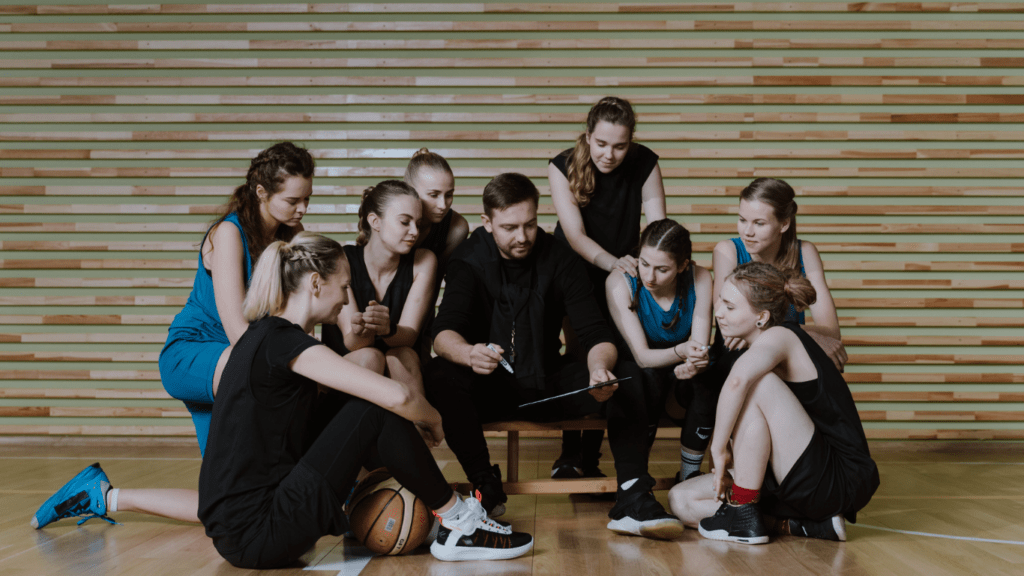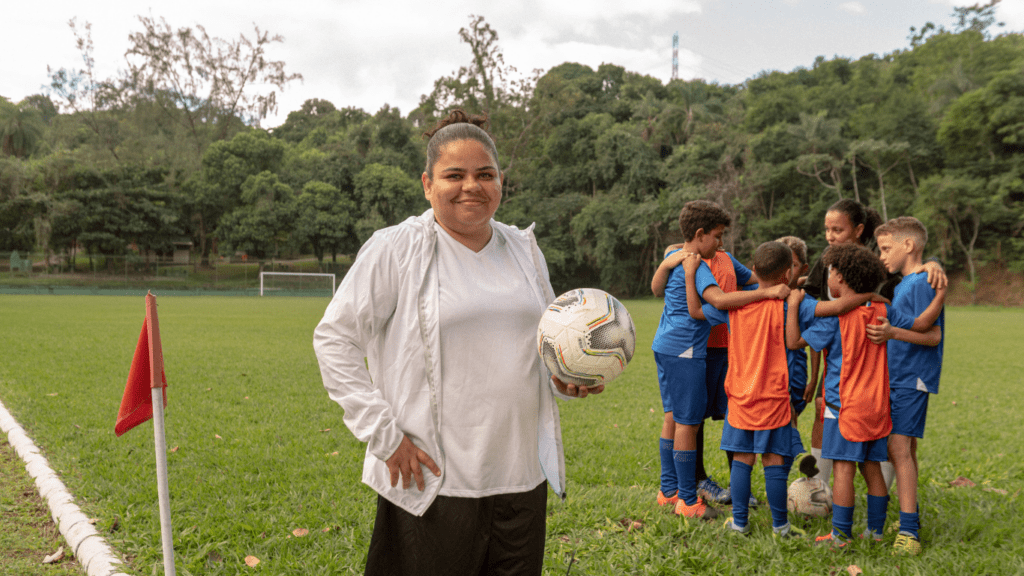In the high-stakes world of coaching, the pressure can feel overwhelming. Whether it’s the final minutes of a championship game or a crucial decision during a pivotal match, staying calm and strategic is essential.
I’ve seen firsthand how the best coaches thrive in these moments, turning potential chaos into opportunity. Navigating pressure isn’t just about instinct; it’s about preparation and mindset. When every second counts, the ability to remain composed can make all the difference.
In this article, I’ll share insights and strategies that can help coaches harness their focus and lead their teams with confidence, even when the heat is on. Let’s dive into what it truly means to coach under pressure.
Understanding Pressure in Coaching
Coaches encounter immense pressure during pivotal moments of competition. Recognizing the various aspects of this pressure sharpens my strategic approach and helps me maintain composure.
The Nature of Pressure
Pressure manifests in many forms, such as time constraints, high stakes, and player performance expectations. Different situations generate different levels of intensity. For instance, a championship game may create an overwhelming sense of urgency, while a regular-season match poses slightly less strain.
Coaches must adapt to these pressures by identifying their sources and understanding their effects on decision-making.
Common Challenges Coaches Face
Coaches face several challenges when navigating pressure situations:
- Decision-Making: Rapid decisions can lead to errors. I strive to develop a clear process for weighing options and reacting effectively.
- Player Emotions: Players may feel anxious or overwhelmed. I focus on fostering an environment where they can express concerns and feel supported.
- Expectations from Stakeholders: Parents, fans, and administration often have high expectations. I maintain transparency in communication to manage these expectations realistically.
- Self-Doubt: Internal uncertainty can undermine my effectiveness. I continuously reinforce my knowledge and experience to build confidence during critical moments.
By recognizing these challenges, I enhance my ability to lead and remain calm under pressure.
Techniques for Staying Calm
Focusing on specific techniques can enhance composure during high-pressure situations. Implementing mindfulness and visualization can significantly improve my coaching effectiveness under stress.
Mindfulness and Breathing Exercises
Practicing mindfulness helps me anchor my thoughts and emotions. Simple breathing exercises, such as inhaling for four counts, holding for four counts, and exhaling for four counts, effectively reduce anxiety.
Integrating these techniques into my routine fosters a calm mindset. I find that dedicating just five minutes before games to mindful breathing sharpens my focus and clarity. Using mindfulness throughout a game allows me to reassess situations without becoming overwhelmed.
Observing my surroundings, tuning into my emotions, and acknowledging my thoughts creates a balanced state of mind. These practices enable me to respond rather than react impulsively.
Visualization Strategies
Visualization serves as a powerful tool for mental preparedness. I visualize successful outcomes for myself and my team, which builds confidence. Imagining specific scenarios, such as strategic plays or effective communication with players, primes my mind for real-time execution.
Creating a detailed mental image enhances my ability to navigate pressure. I spend time before games picturing processes, player movements, and even crowd dynamics. This rehearsal sharpens my decision-making skills and reduces uncertainty during critical moments.
By consistently employing these visualization techniques, I strengthen my mental resilience and overall coaching performance.
Developing a Strategic Mindset
A strategic mindset is crucial for coaches facing high-pressure situations. It enables me to transform challenges into opportunities while maintaining focus and composure.
Analyzing Situational Factors
Analyzing situational factors involves assessing the game’s dynamics, team performance, and external influences. Recognizing these elements allows me to identify where to allocate resources and energy.
Observing the opponent’s strategies helps me adapt my game plan accordingly. Noticing player fatigue or emotional stress provides insight into team morale and potential reactions. Assessing the context of specific moments empowers me to make informed, timely decisions that align with my team’s strengths and goals.
Making Quick Decisions
Making quick decisions is essential during critical moments. I prioritize gathering relevant information rapidly, allowing me to weigh options efficiently. Sticking to fundamental principles and strategies facilitates quicker judgment calls.
Trusting my instincts enhances my decision-making abilities, while relying on past experiences provides a solid framework for evaluation. Utilizing a coaching staff effectively ensures diverse perspectives are considered, aiding in faster consensus. Embracing the pressure of the moment transforms urgency into a catalyst for swift, strategic actions that can decisively impact the game.
Implementing Effective Communication
Effective communication forms the backbone of successful coaching, especially during high-pressure moments. It involves not only verbal exchanges but also understanding team dynamics and interpersonal connections.
Building Trust with Team Members
Building trust with team members leads to a cohesive and resilient unit. Trust fosters open communication, enabling players to voice concerns and ideas. I focus on consistent check-ins and one-on-one conversations to strengthen relationships.
Actively listening to players shows I value their input, which enhances their confidence during challenging situations. Recognizing individual strengths and weaknesses allows me to tailor feedback, making communication more impactful.
Establishing transparent expectations also reinforces trust, as players understand their roles and responsibilities, boosting team morale.
Utilizing Non-Verbal Cues
Utilizing non-verbal cues plays a crucial role in effective communication. Body language, eye contact, and facial expressions convey messages often stronger than words. I maintain an open posture to encourage engagement and demonstrate approachability.
Employing eye contact signals attentiveness and sincerity, which builds rapport with players. Recognizing my own stress levels is vital; when calm, my body language reinforces confidence and clarity.
Likewise, I pay close attention to my team’s non-verbal signals, such as hesitation or eagerness, to gauge their feelings and adjust my approach accordingly. Integrating both verbal and non-verbal communication strategies ensures clarity and enhances overall team performance.



